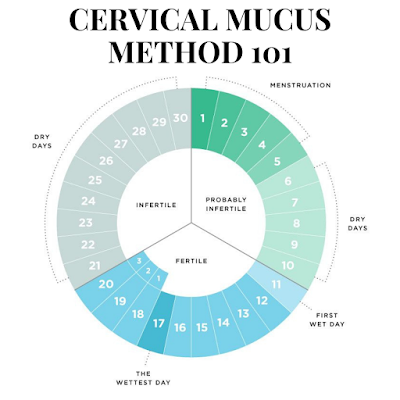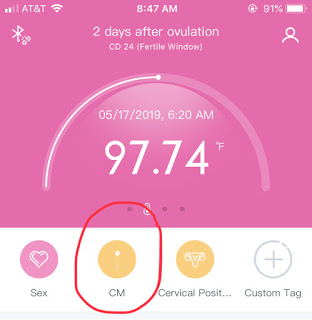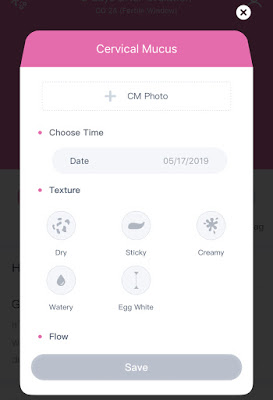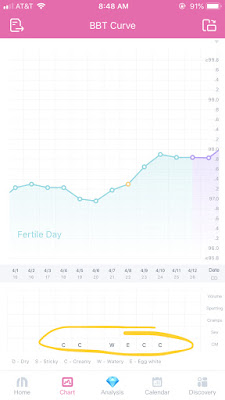Hey earth muffins! For the next post in my “How to Zero Waste Your [insert room/thing here]” series, I will be sharing how you can easily make your cleaning supplies more sustainable. 😊 Just like I mentioned in my How to Zero Waste Your Bathroom 🚽 post, there are many ways you can avoid the smelly and chemically-filled cleaners that you can find in the store. Let’s jump right into it!
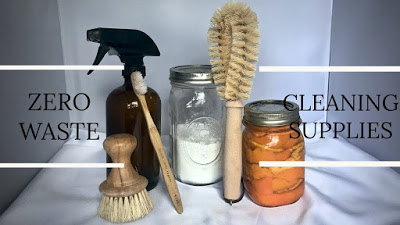
Cleaning Containers
~Recycled buckets/baskets/etc.: Utilize what you have around the house (or your friend’s house)! Many people have buckets either in their basement or garage, so see if you can put them to good use instead of buying something new.
~Metal/wire bucket: If you can’t seem to find any container (which I think is extremely unlikely), purchase a metal or wire bucket that can be recycled after you are finished with it. 👍
Paper Towel/Disinfectant Wipe Alternatives
~Rags and washcloths: One of the first things I did when I started my journey to zero waste was to stop using paper towels. Instead of throwing away something every time you need to clean the counter or wash a mirror, try recycling old clothes into rags or putting those old washcloths to use. Throw them in with your laundry and you are good to go!
~Natural Sponges: Instead of using normal sponges, try natural ones. Make sure to use up the sponges you already have in your cupboards before switching, as you wouldn’t want to waste anything!
~Wooden brushes with natural bristles: Instead of any sort of sponge, I have switched to wooden brushes to clean my dishes, etc. These can easily be sterilized by dunking in some boiling water, so I have found that they last much longer!
DIY Cleaners
~Natural alternatives to cleaners: Instead of using cleaners that are both bad for you and the environment, use ingredients like baking soda, vinegar, lemon juice, borax, castile soap, etc. to make your own cleaners! These ingredients can be purchased in bulk, which saves on plastic packaging as well. 😃 I have been amazed by the number of recipes you can find online and on Pinterest.
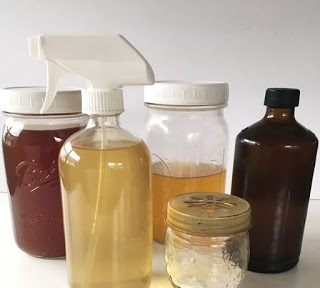
~Brands known for being sustainable: Feeling like you don’t have time to make your own cleaners? Check out Seventh Generation or Mrs. Meyer’s brands! While they aren’t as sustainable as making your own, they are still better than some of the other alternatives.
~Laundry soap nuts: As I mentioned in my How to Zero Waste Your Laundry Room post, you can use soap nuts instead of laundry detergent! 😍 There are many other DIY laundry cleaners out there as well, so I would definitely recommend checking out Pinterest!
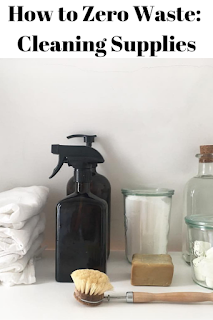 |
| Pin to read later! |
What sustainable cleaning tips do you use?
Love,
Jenna ♥

